Free Tropical Runtz seeds on orders over $150!
Big, bushy cannabis plants indicate a bountiful crop. However, height alone does not imply a large yield. However, it may mean the reverse. Recognizing when a cannabis plant is stretching and understanding what to do about it are critical for producing high yields.
Stretchy, spindly plants may be a nuisance for various reasons. Plants with uncontrolled growth are undesirable, from falling over to burning themselves on your lighting system. A higher plant may not always provide a larger crop. Tall cannabis plants can indicate unhappiness, mainly if they do not receive enough light. In addition to causing your plants to expand, a lack of light will reduce the size and quality of your eventual yield. So, how can you keep cannabis plants from becoming overgrown? Several solutions are available, some of which will help you enhance your production!
If your lighting is too far away from your plants, they will stretch to come closer. This is a normal behavior resulting from seeking to outgrow competing plant life.
During the spring and summer, cannabis plants develop. Plants are exposed to blue and white light spectrums during these periods of peak sunshine. The sunlight diminishes and reaches the red range throughout fall. Choose the appropriate light spectrum for the growth stage to provide your plants with enough photo-fuel.
If your lights aren’t powerful enough, your plants will reach for them no matter how high or low they’re placed—they’ll seek light until they find it.
Some cannabis strains, such as landrace Sativa seeds, like to grow tall and spindly. While they may be regulated, if your height is severely limited, many Indica seeds are preferable.
Cannabis plants grown at the photoperiod stage will continue to grow.
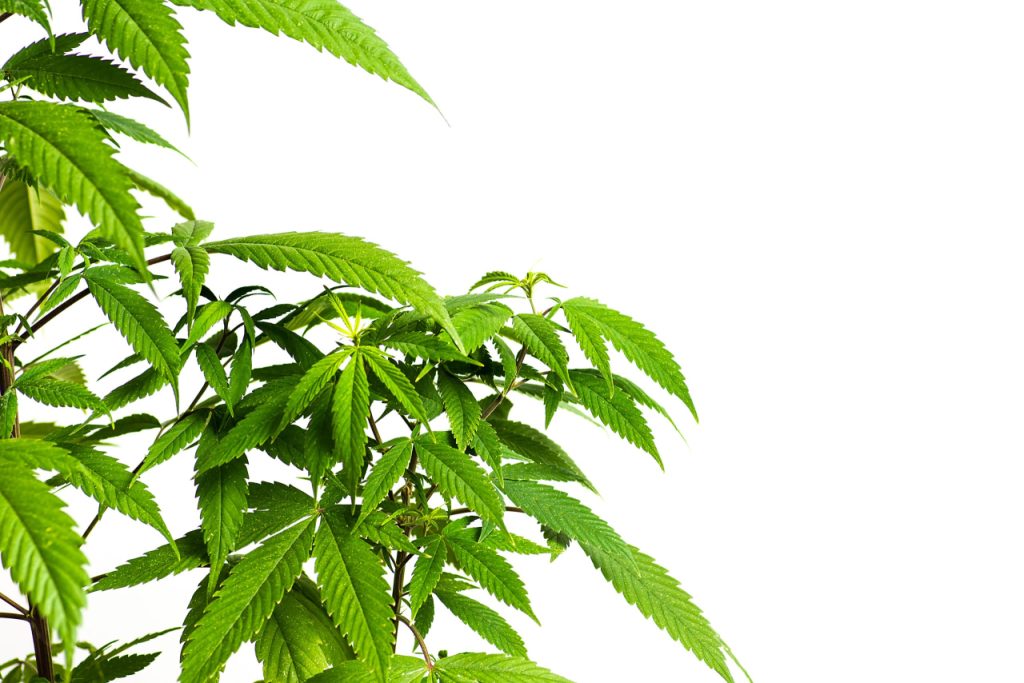
So, if you veg them for too long and don’t keep them under control, they will grow enormous and unmanageable.
Some strains stretch more than others, and the Indica/Sativa distinction isn’t adequate to forecast a plant’s stretching ability. However, all hope is not gone. Growing stable seeds with predictable outcomes is possible if you get your cannabis seeds from a credible cannabis seed bank. Additionally, the seed bank will generally note any unusual behavior linked with a good or negative strain that the grower should be aware of.
This method is convenient, but you must exercise caution to prevent harming your plants in other ways. Because your cannabis will naturally reach toward the light, minimizing the distance between the canopy and the light source will result in less stretching. Once again, this is a delicate balancing act. Different distances between your lamp and the canopy are recommended depending on the kind of light. Keep your plants at the lower end of this spectrum to maximize sun exposure without scorching them or slowing their growth.
Despite the occasionally turbulent factors, most cannabis plants remain erect and rooted in the soil when growing cannabis outdoors. A gentle breeze works wonders for the interior section of the stem, generating microscopic cracks that gradually increase its thickness and stiffness. In this manner, if you experience rapid growth in a matter of hours, your plants should be able to cope. This wind will also help to restrict vertical growth.
Additionally, you won’t need expensive equipment to establish proper air circulation in the grow room. A primary standing fan will serve if you’re planting a handful of plants. Set to oscillate and watch your stems strengthen over the next few weeks.
Temperatures above 29°C are problematic for stretching; heat causes stems to become spindly and weak, and it can induce stretching on its own or worsen an existing problem. This is why, in addition to maintaining appropriate grow room temperatures, you must ensure that hot lights are not burning your plants. However, moving your lighting too close to your plants will not assist your stretching problem. A thermo-hygrometer is always useful to have on hand so you can constantly check the environmental parameters of your grow area. Cannabis flourishes at various temperatures during its life cycle, so keep the temperature within the optimal range.
If you want to keep stretching to a minimum, it comes to reason that decreasing the substances that drive your plants’ development might be beneficial. Nutrient cannabis schedule and CO₂ lead to enhanced growth; thus, reducing these factors during early bloom may keep stretching in control. Also, limiting your plants’ essential resources, such as water and nutrients, will not improve their health or development; it’s all about establishing a balance between supplying enough and offering too much. Furthermore, while this should not be your primary line of defense against stretching, it is an alternative to explore.
Unless you choose to grow in a Sea Of Green, ensure enough room for plants to grow freely. If a plant lacks lateral room, it may compensate by growing vertically. Appropriate spacing is vital while growing cannabis because it promotes air circulation, giving plants ample breathing area.
Shortening the veg period of your Feminized or Autoflower plant is one definite approach to avoid excessive vertical growth. In fact, by growing in a SOG (several little plants in one grow room), you’ll practically start blooming right away, restricting how much the plants may potentially develop. If you want your plant to grow before blossoming, monitor the moment at which its present height, once doubled, is sufficient for your needs. If you don’t want your plants to grow taller than two meters, flip them to bloom before they reach a meter, just in case they decide to increase their height.
Light is the most crucial environmental factor influencing a plant’s susceptibility to stretch. Furthermore, specific lighting encourages greater stretching than others. Consider a standard HID lighting system. Metal halide (MH), which generates blue light, is typically used to stimulate vegetative development before converting to red high-pressure sodium (HPS) for blooming.
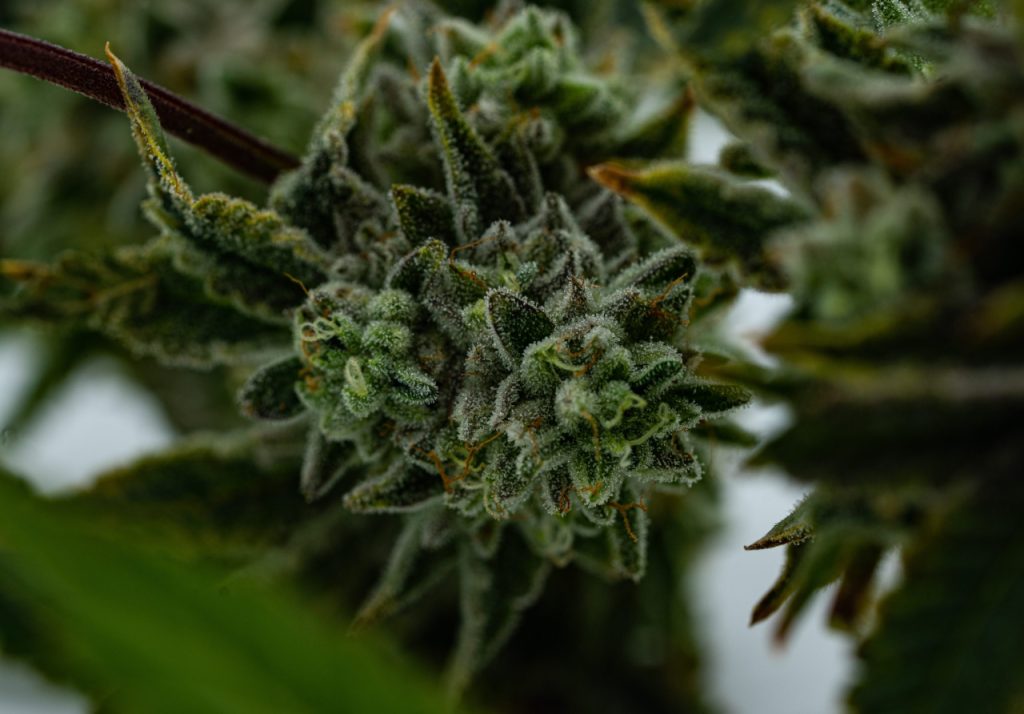
Plants are considerably more likely to stretch significantly after switching to HPS, as this shift in light communicates the natural changing of the seasons. Try applying MH during the first few weeks of bloom to avoid stretching. The blue light it generates will keep internodes short while not impeding development too much. This way, you may continue to benefit from HPS’s bud-boosting red light spectrum afterward.
If your plants aren’t responding to your calls to stop stretching, or if you’re about to embark on a significant blooming stretch, some extra hands-on care may be required. Training and pruning enable you to shape your plant by reducing vertical growth and controlling development. Simple LST may be utilized to promote lateral development and adequate light exposure, or you can take it a step further with a ScrOG, an advanced type of LST. As your plant progresses from late vegetative to early bloom, you may route its branches through a mesh screen to optimize bud development while encouraging nearly entirely lateral growth.
There are two essential things to watch out for when plants grow tall indoors.
Cannabis emits a significant amount of water. Cannabis loves relative humidity (RH) levels between 50 and 65%. When they grow too large, humidity can become an issue since the plants continually emit water vapor into the air. Water then collects on the grow room’s leaves and other surfaces, potentially producing mildew and other problems. If humidity becomes an issue, a dehumidifier or raising the power of the exhaust fan can assist. Defoliating can also help to manage humidity by increasing ventilation. Remove just the lowest and mid-level fan leaves. This also helps to increase light penetration to the lower blooming branches.
As with humidity, when cannabis plants grow too large, the temperature in the grow-op might rise. Reduced ventilation and excessive height can raise temperatures and place plants too near to grow lights. Cannabis grows best at temperatures averaging 25°C. Plants are more prone to stretch when temperatures are above this level. High temperatures can also impact leaf and flower production.
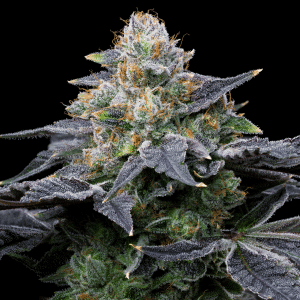
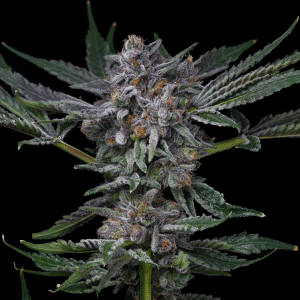
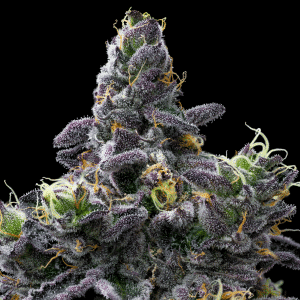
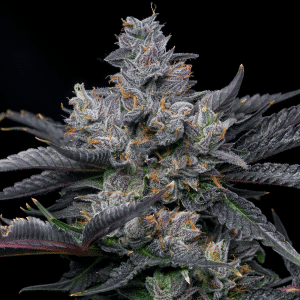
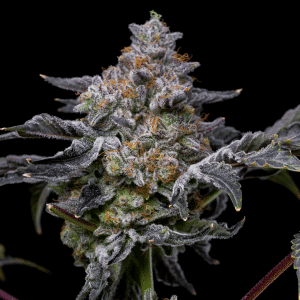
Offers
This product is not for use by or sale to persons under the age of 18. This product should be used only as directed on the label. It should not be used if you are pregnant or nursing. Consult with a physician before use if you have a serious medical condition or use prescription medications. A doctor’s advice should be sought before using any hemp products. All trademarks and copyrights are property of their respective owners and not affiliated with nor do they endorse this product. These statements have not been evaluated by the FDA. This product is not intended to diagnose, treat, cure or prevent any disease. By using this site you agree to follow the Privacy Policy and all Terms & Conditions printed on this site. All products contain less than 0.3% Cannabinoid-compliant with applicable Federal Laws. Please make yourself aware of any and all applicable laws regarding hemp in your jurisdiction. Premium Cultivars accepts no liability or responsibility regarding germination laws in any specific locale state or national jurisdictions.THCA products are not available for shipment to the following states: Hawaii, Idaho, Minnesota, Oregon, Rhode Island, Utah, Vermont *Note: Products with Total THC content above 0.3% must not be shipped to these states.
We want to help you get your hands on the seeds you want, take 20% off your next purchase when you enter your email below!
We want to help you get your hands on the seeds you want, take 20% off your next purchase when you enter your email below!